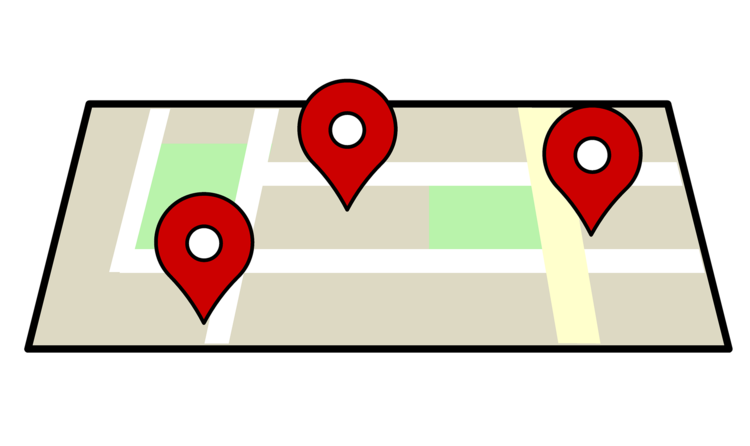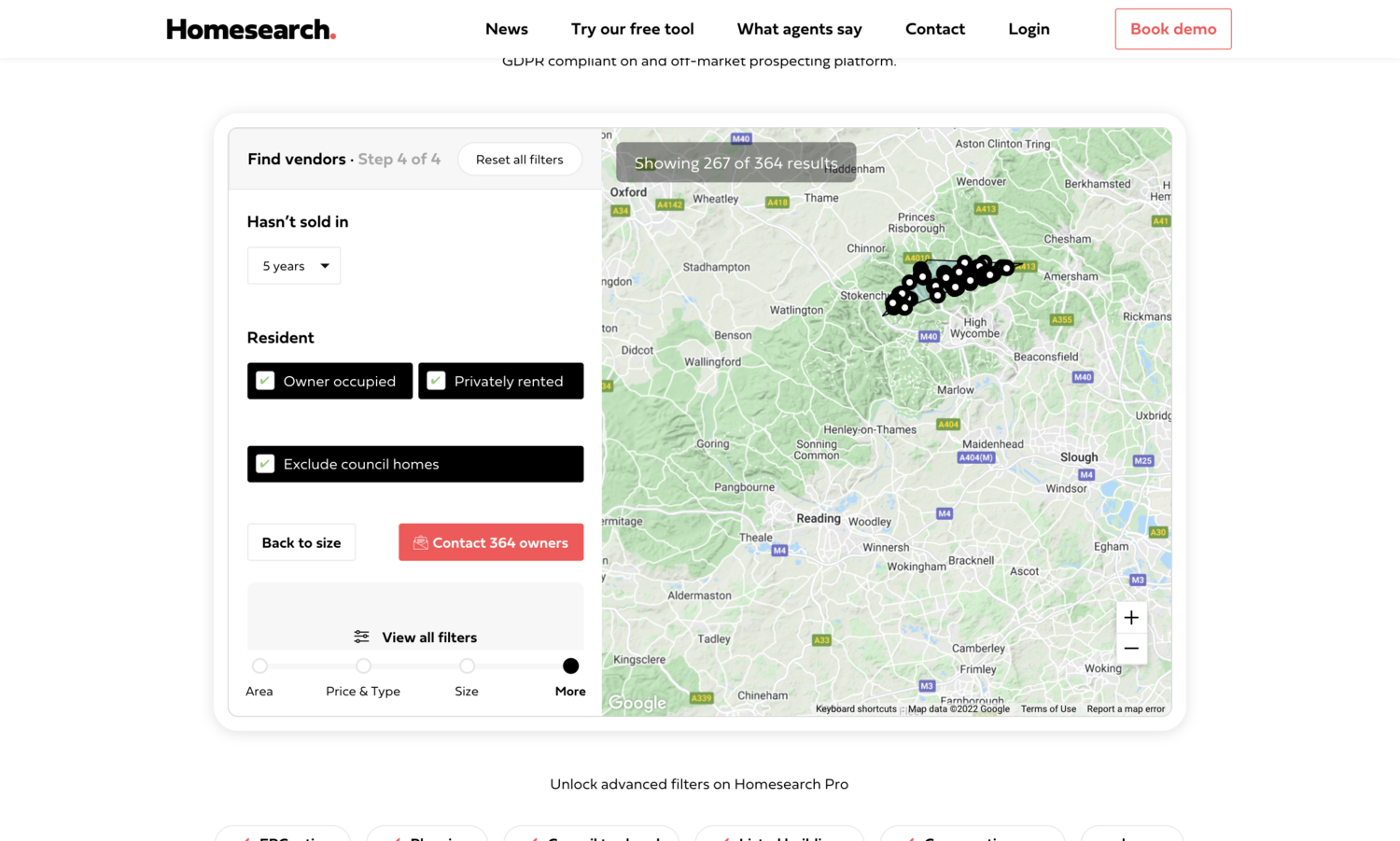Your go-to guide to Google Maps API pricing for 2022
You’re looking for location services for your website. Maybe you’re implementing a street view to give your customers a virtual tour or you’re creating a store locator to boost traffic to your physical retail store. Regardless, you’ll need to integrate with a Maps API to power your map display, geocoding, directions, and more.
While there are plenty of cost-effective Maps APIs like Openstreetmap and Mapbox, this article will focus on Google Maps API pricing. Google has created one of the most well-known services for location-based products, ideal for lower-volume businesses looking for a flexible, low-cost solution. While Google Maps API can get expensive quickly as site traffic increases, most businesses looking for location services still trust Google Maps API for its reliability, range, and versatility.
What is Google Maps API?
Google Maps API is a collection of APIs and SDKs that allows merchants to bring the benefits of Google Maps directly to their site or operating system. You’ve probably used Google Maps to get to a hot new restaurant or meetup spot, so it only makes sense that the same technology would work wonders for brands like these:
UNDERSTANDING THIS TOOL: SDK VS API
While Google Maps lists its SDKs and APIs under the same umbrella term of “Google Maps APIs,” they aren’t the same thing and will be used for slightly different facets of your business.
An SDK (software development kit, or devkit) is a set of software building tools that includes resources like compilers, code samples, libraries, and sometimes an API. An SDK is often made for a specific operating system, like the Maps SDK for iOS and Maps SDK for Android.
An API (application programming interface) is an agreement between two platforms that includes documentation and an interface to perform a function, like the Maps Embed API or Geocoding API.
In short, an SDK is a library of tools while an API is a mediator that ensures that a third-party platform can use another platform’s tool. A total of 28 APIs and SDKs are available through the Google Maps platform, but we’ve cut them down to 5 of the most commonly used which you can check out here.
What do I need to get started?
To use Google Maps API, you’ll need to:
Have a Google account
Sign in to Google Cloud Console through your browser
You will only be billed for the APIs and SDKs that are actively enabled for your Google Cloud project.
WHY DO I NEED A GOOGLE CLOUD ACCOUNT?
The Google Maps Platform currently requires a valid API key to use its APIs and SDKs. You’ll need to have a Google Cloud project with billing enabled in order to get a valid API key.
WHAT IS A GOOGLE CLOUD PROJECT?
A Google Cloud project is the primary basis of organization for Google Cloud. You must set up a Google Cloud project in order to manage services, credentials, billing, APIs, and SDKs.
WHAT IS A GOOGLE CLOUD BILLING ACCOUNT?
A Google Cloud billing account is an account separate from your Google account that you can set up in the Google Cloud Console. It defines who pays for Google Cloud resources and Google Maps Platform APIs. Google Cloud projects have to be linked to an active Google Cloud billing account to initiate Google Cloud or Google Maps Platform services even if those services are free.
For more information about Google Cloud’s billing concepts, see their documentation here.
HOW WILL I BE BILLED FOR GOOGLE CLOUD SERVICES?
Google Cloud Platform uses a pay-as-you-go system. This means that the Google Cloud billing account linked to your project will only be billed for the individual Cloud products that have been enabled for that project.
DOES GOOGLE CLOUD HAVE A FREE TRIAL?
Yes, when you first sign up on the Google Cloud platform you’ll get a 90-day $300 free trial. If the first billing account you create is used for a project with Google Maps APIs or SDKs enabled, the $300 credits from your free trial can be used to pay for them.
The free trial lasts until either:
You spend $300 credits within 90 days
90 days pass
If you still have any credits left over after your trial, they will remain in your account as long as you upgrade before your trial ends or within the following 30-day grace period.
Note: Keep in mind that while you can have multiple Cloud billing accounts, you can’t create multiple Google Maps-related billing accounts.
Breaking down Google Maps API pricing
Once you’ve set up your valid API key, the next step is to choose which APIs and SDKs you’ll enable. Because pricing plays a huge factor in your decision, here’s what you’ll need to know:
HOW MUCH DOES GOOGLE MAPS API COST?
Google Maps API uses the same pay-as-you-go system as Google Cloud, which means that you’ll only pay for the APIs and SDKs you choose. The 28 APIs and SDKs that Google Maps offers are each priced individually based on usage per month, with a price range of $2-30 for every 1000 requests.
Also known as an API call, 1 API request is triggered when the API is called to retrieve data or perform a function, such as providing geocoding coordinates or time zone information. You can view and manage your requests in the Cloud Console on the Google Maps Platform Quotas page.
Google Maps provides an interactive table for more specific pricing here.
DOES GOOGLE MAPS API HAVE A FREE TRIAL?
Google Maps offers all new merchants a free trial in the form of a recurring $200 free monthly credit. This means that instead of expiring after a certain date, as long as you spend below $200 on your API usage each month, your cost will be fully covered. This credit:
Resets every month (no rollover for unused credits)
Only applies to enabled Google Maps API/SDKs (you cannot use these credits for any other Cloud service)
How does Google Maps API billing work?
Billing for Google Maps API works differently depending on whether you’re new to Google Cloud or you’re an existing Google Cloud user.
IF YOU’VE JUST STARTED YOUR GOOGLE CLOUD FREE TRIAL
Your free credits include:
$200 Google Maps recurring monthly credit
$300 Google Cloud free trial credits
Total: $500 free credits
Because the Google Maps monthly credit is recurring while Google Cloud’s free trial runs over the course of 90 days, your billing breakdown will look like the following table.
| Month | Google Maps credit | Google Cloud trial | Google Cloud billing account |
|---|---|---|---|
| 1 | $200 | $300 | Above $500 |
| 2 | $200 | $300 | Above $200 + Remaining balance from $300 |
| 3 | $200 | $300 | Above $200 + Remaining balance from $300 |
| 4 | Frozen until Google Cloud upgrade | Trial end | Frozen until Google Cloud upgrade |
| 5 | $200 | $300 | Above $200 + Remaining balance from $300 |
Note: If you spend all $300 of your Google Cloud free trial within 90 days, your trial will end immediately and your account will freeze until you upgrade.
As soon as your Google Cloud free trial ends, your Google Maps APIs and any other data you have associated with that Google Cloud project will freeze for a 30-day grace period until you upgrade your Google Cloud billing account to a paid account. This requires no additional fee. However, if the 30-day grace period passes and you haven’t yet upgraded, your data will be permanently deleted.
Once you upgrade, your billing process will continue as described in the next section.
IF YOU HAVE A PAID GOOGLE CLOUD BILLING ACCOUNT
Your free credit includes:
$200 Google Maps recurring monthly credit only
Any Maps-related charges over $200 will automatically be deducted from your Google Cloud billing account. To avoid incurring any unwanted charges, you can set a budget in the Cloud Console so that you’re notified when you exceed your set amount.
Google Maps API pricing prioritizes variety and flexibility
While some merchants have complained about price hikes and strict requirements, like a valid API key, Google Maps API is still the leading Maps API in the industry. Its pricing caters to smaller businesses who want the flexibility of browsing a large number of features and paying for only the ones they need. However, for high-volume businesses, Google Maps API can quickly become expensive and require heavy budgeting.
What’s next for your business? It depends on what’s on your to-do list.
Enabling APIs? Check out 5 of the most commonly used
Budgeting for your store locator? See Google Maps pricing for ZenLocator
Need more info about store locators? Here’s our guide




